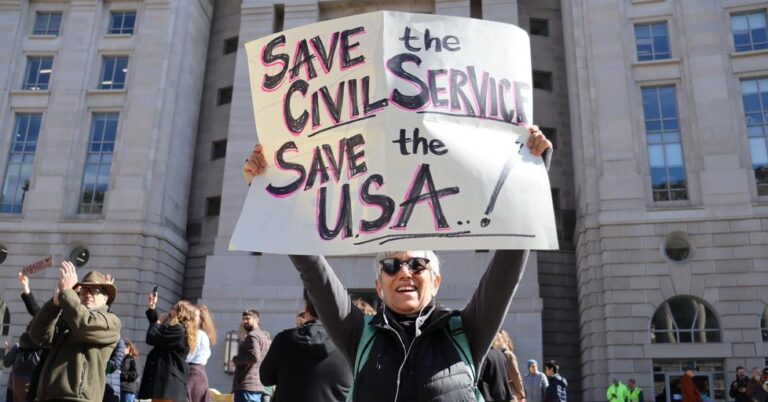Unions to the rescue in Flint, Michigan. A year ago Flint residents discovered that their drinking water supply had been contaminated by lead. Now, CNN reports that the Union Labor Life Insurance Company and American Federation of Teachers are investing $25 million in union pension funds to save the small city. The city’s “Fast-Start” program will use the $25 million to make low-cost loans available to the initiative, which plans to pull the lead-contaminated pipes throughout the city’s water grid. The union’s contribution will be instrumental to replacing the lead lines as it constitutes almost half of the funding earmarked for the $55 million “Fast Track” initiative.
In other union news, Elizabeth Crowley, a pro-labor New York City Councilwoman, has come under fire for introducing and supporting a bill that will expand prevailing wage requirements for construction projects over $1 million. According to Politico, Crowley’s critics claim that she is simply “doing the bidding of unions” that have “contribute[d] heavily” to her campaigns. Crowley, a former member of a painter’s union, has outright dismissed the reproach. “I . . . have never hid the fact that I am a card-carrying member of DC9,” a painter’s union. The criticism is just a “short-sighted suggestion of special interests involved in pushing an agenda that supports substandard wages.”
Great news for discrimination plaintiffs in Florida, Georgia, and Alabama. Lexology reports that the Eleventh Circuit has declared a new test for cases where the employer has both discriminatory and legitimate business reasons for taking adverse action against an employee. Now, per Quigg v. Thomas, et al., No. 14-14530 (Feb. 22, 2016), if an employee claims that the employer’s motives were mixed the analysis will deviate from the McDonnell Douglas burden-shifting framework. In the case of mixed motives, says the court, the employee “need only produce evidence sufficient to convince a jury that: (1) the defendant took an adverse employment action against the plaintiff; and (2) [a protected characteristic] was a motivating factor for the defendant’s employment action.” Put another way, employees in the Eleventh Circuit now do not have to demonstrate that the employer’s reason was pretext, or false, but only that that it was a reason for the adverse action.






Daily News & Commentary
Start your day with our roundup of the latest labor developments. See all
December 3
The Trump administration seeks to appeal a federal judge’s order that protects the CBAs of employees within the federal workforce; the U.S. Department of Labor launches an initiative to investigate violations of the H-1B visa program; and a union files a petition to form a bargaining unit for employees at the Met.
December 2
Fourth Circuit rejects broad reading of NLRA’s managerial exception; OPM cancels reduced tuition program for federal employees; Starbucks will pay $39 million for violating New York City’s Fair Workweek law; Mamdani and Sanders join striking baristas outside a Brooklyn Starbucks.
December 1
California farmworkers defend state labor law, cities consider requiring companies to hire delivery drivers, Supreme Court takes FAA last-mile drivers case.
November 30
In today’s news and commentary, the MSPB issues its first precedential ruling since regaining a quorum; Amazon workers lead strikes and demonstrations in multiple countries; and Starbucks workers expand their indefinite strike to additional locations. Last week, the Merit Systems Protection Board (MSPB) released its first precedential decision in eight months. The MSPB had been […]
November 28
Lawsuit against EEOC for failure to investigate disparate-impact claims dismissed; DHS to end TPS for Haiti; Appeal of Cemex decision in Ninth Circuit may soon resume
November 27
Amazon wins preliminary injunction against New York’s private sector bargaining law; ALJs resume decisions; and the CFPB intends to make unilateral changes without bargaining.